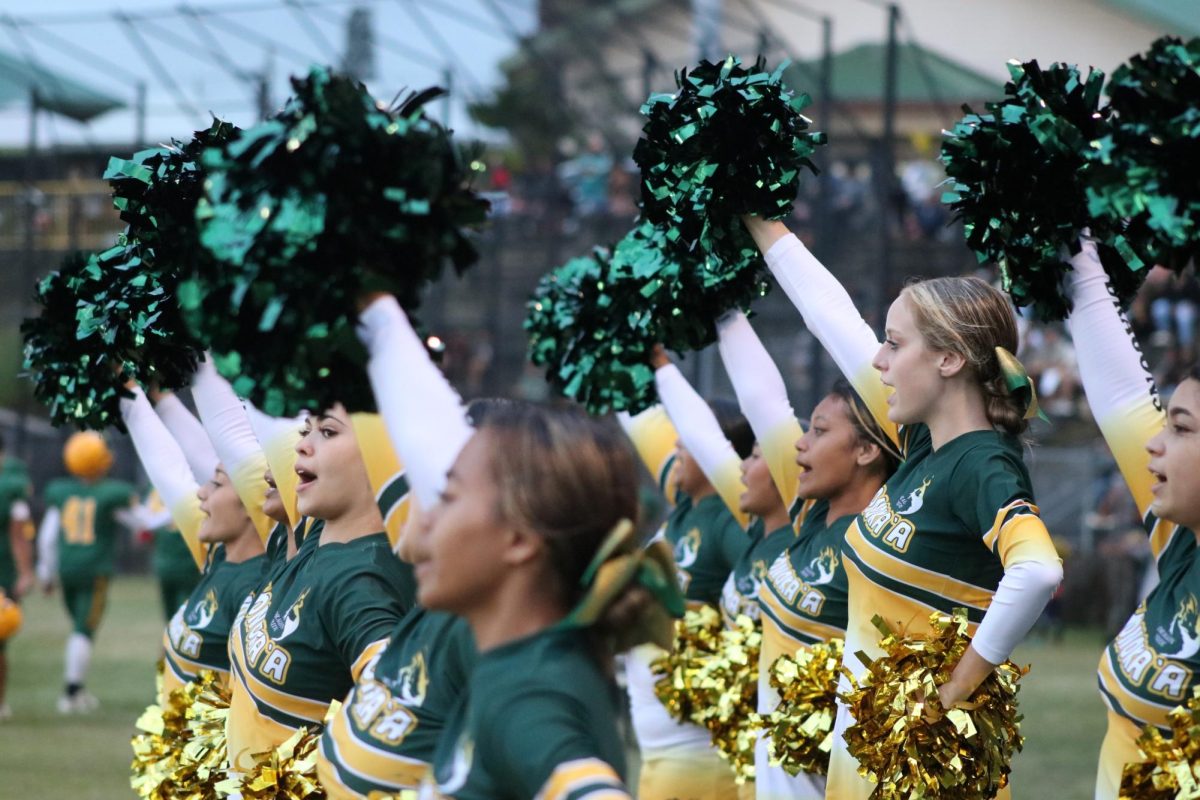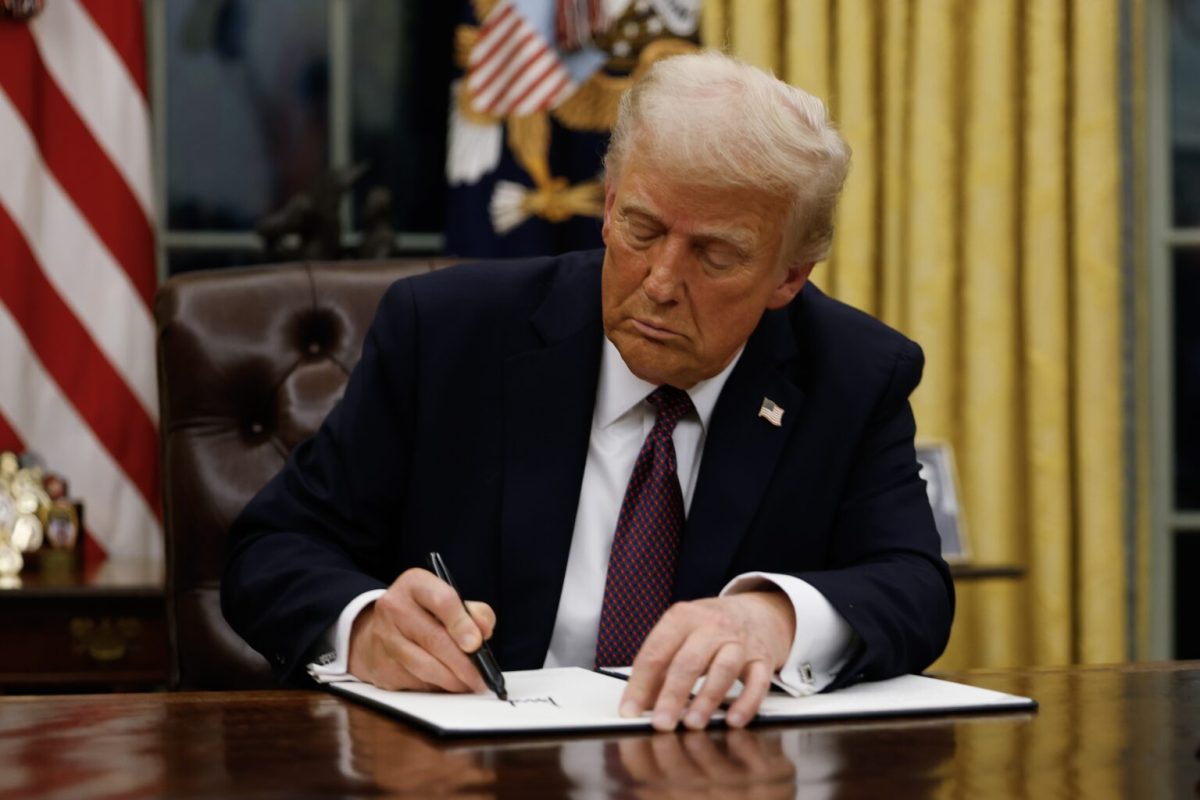Women’s Soccer: The Fight for Equal Pay
March 21, 2021
When the US women’s soccer team won the World Cup in 2019, they were paid $260,000 per player. It sounds like a lot of money but compared with what the men’s team would make, if they were to win, it isn’t. If the US men were to win the World Cup they would get paid $1.1 million per player (Insider, 2019).
Obviously, there is a huge gender pay gap in professional sports and it has to be closed. Men and women in professional athletics should receive equal pay. Women athletes train just as hard as the men do, they sustain injuries just as the men do. Some of the women’s teams are just as good or better than the men. As the women’s soccer team says, “Equal pay, for equal play.”
First of all, the gender pay gap in professional sports is unfair because women athletes train just as hard as men do. For example, the men and women who play professional soccer, practice for about 4 to 6 hours a day, 5 days a week (Active, n.d)). Furthermore, the gender pay gap in professional sports should be closed because women athletes sustain injuries just as men do.
Another reason the pay gap should be closed is that some of the women’s teams are just as good or better than the men. For instance, the U.S women’s national soccer team just won the 2019 World Cup, while the U.S men’s national soccer team failed to qualify for the men’s World Cup last year and yet the women players make about 20% as much as the men.
On the other hand, it can be said that people don’t watch women’s sports as much as men’s sports, which means women’s sports might not get as much revenue. However, perhaps when women’s teams get paid what they are worth, the status of their sport will rise and their audience will rise too.

















Jordan
Apr 24, 2023 at 4:51 PM
I see why women’s soccer players would want to get paid more but I just think people pay for men’s soccer more than women’s soccer. But lets just say in a world where women’s soccer and men’s soccer was watched equally, I would say yea they should get payed the same amount.
Kaylee Vincent
Jan 26, 2022 at 2:51 PM
Great article on equal pay for professional female soccer players! I agree with this. This article can hopefully spread awareness to this problem so it can be addressed directly and solved 🙂
DEANNA KACKLEY
Mar 23, 2021 at 11:57 AM
We passed the Equal Pay Act in 1962. The Law gives advocacy the teeth required to ensure adherence.
Mahalo nui loa, Elizabeth. You using this platform to increase awareness is warmly appreciated.
Melissa Samura
Mar 22, 2021 at 6:01 PM
Hi Maili, great story about equal pay. I totally agree with you! Keep up the great work! Aunty Meliss